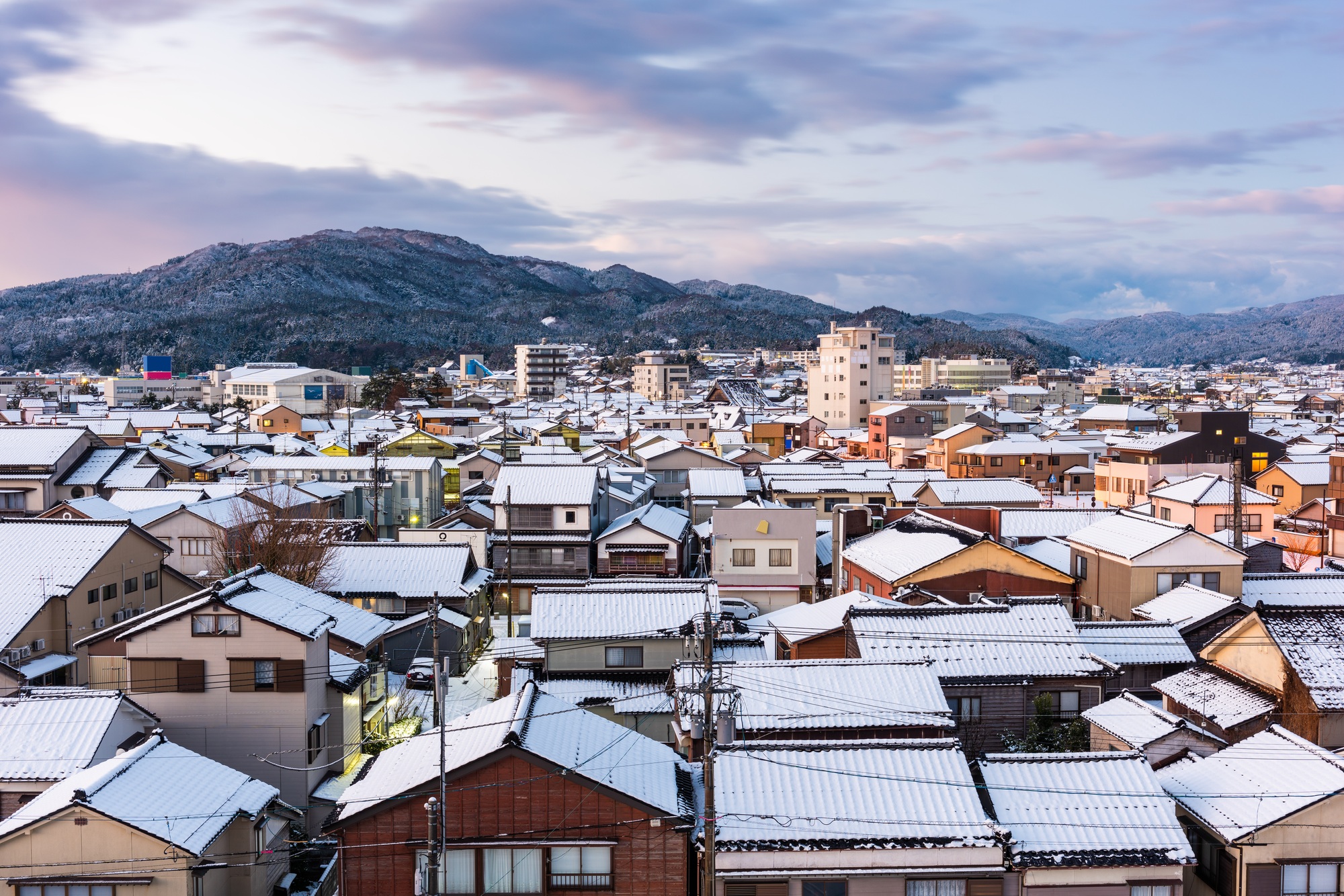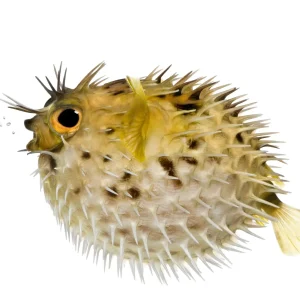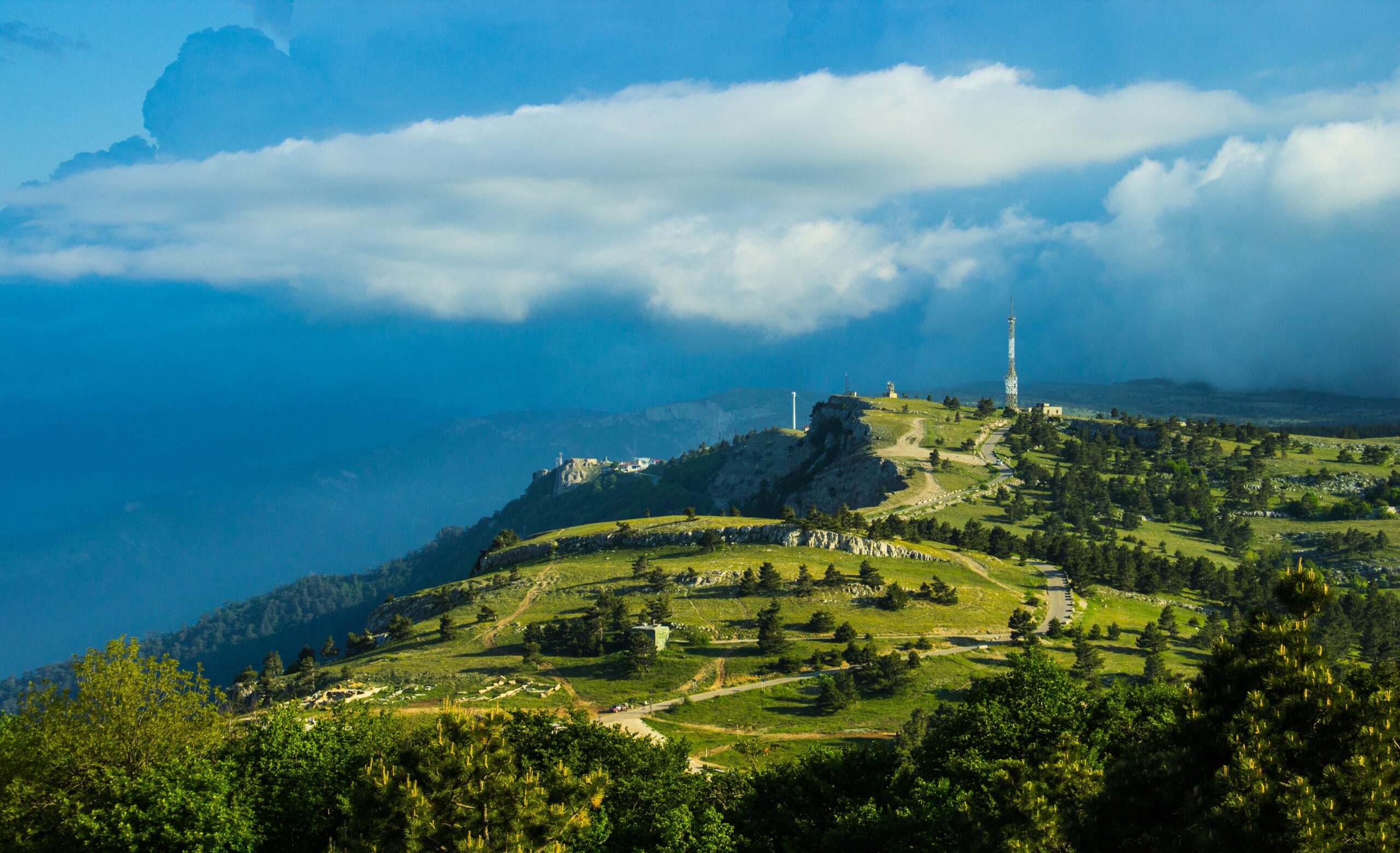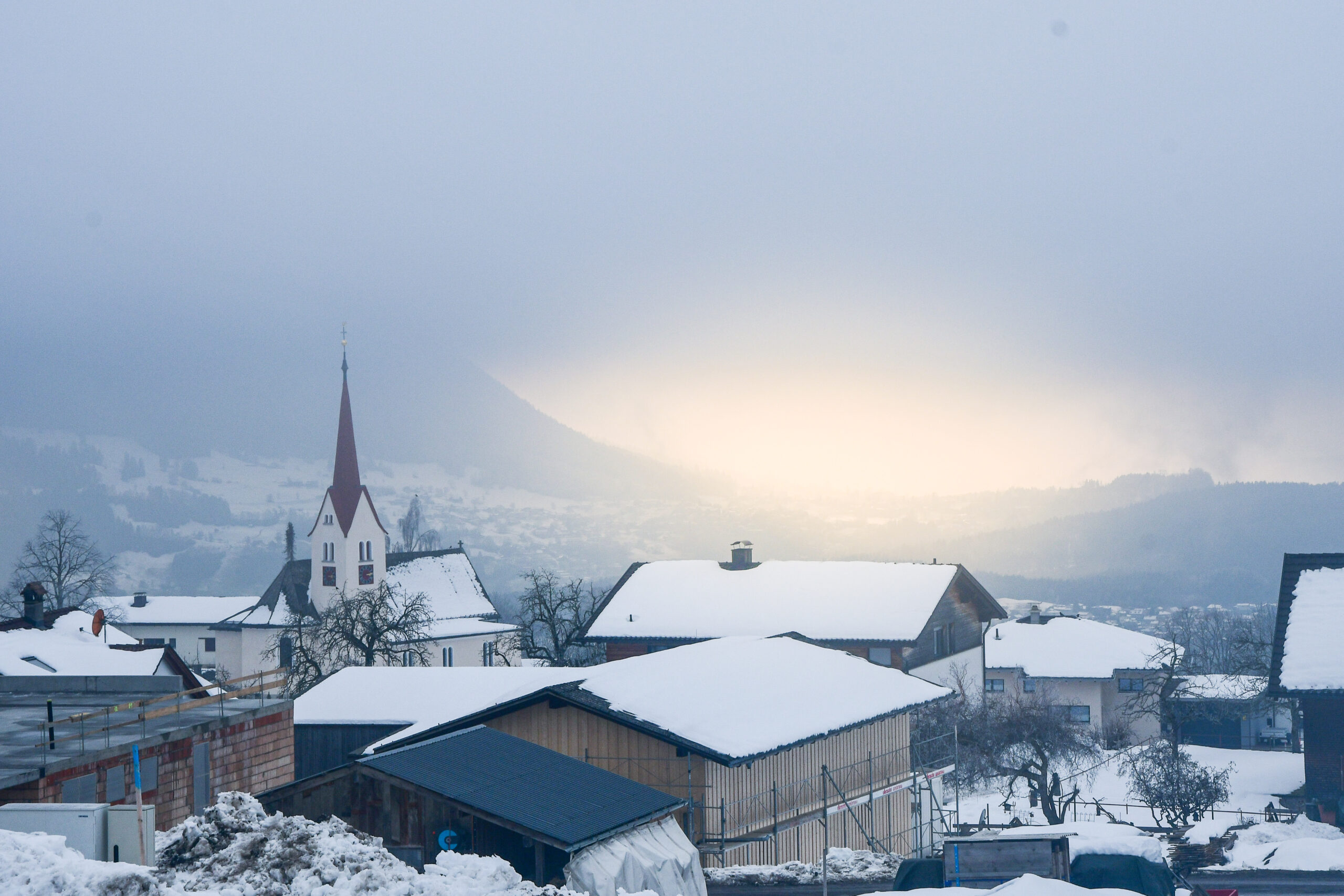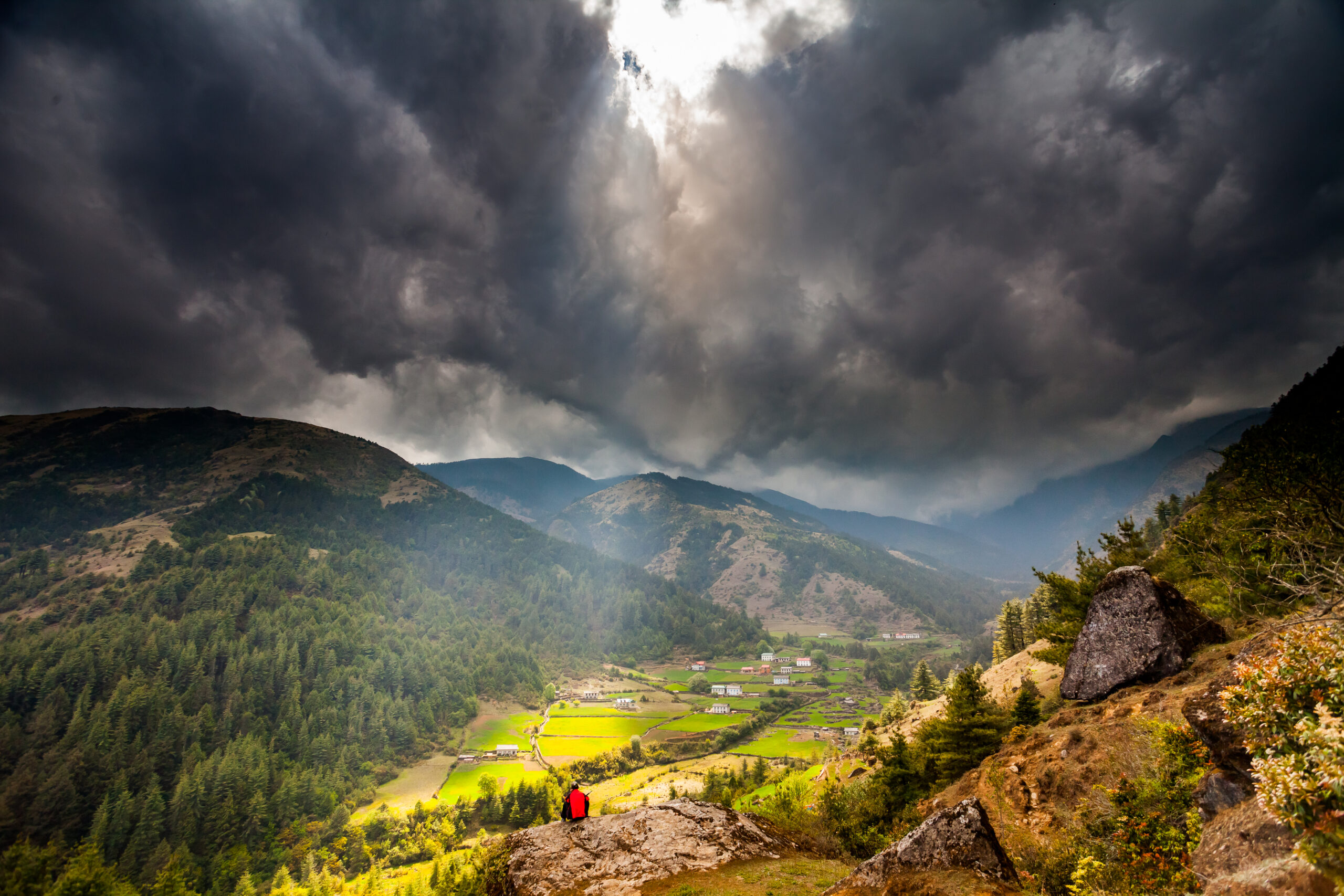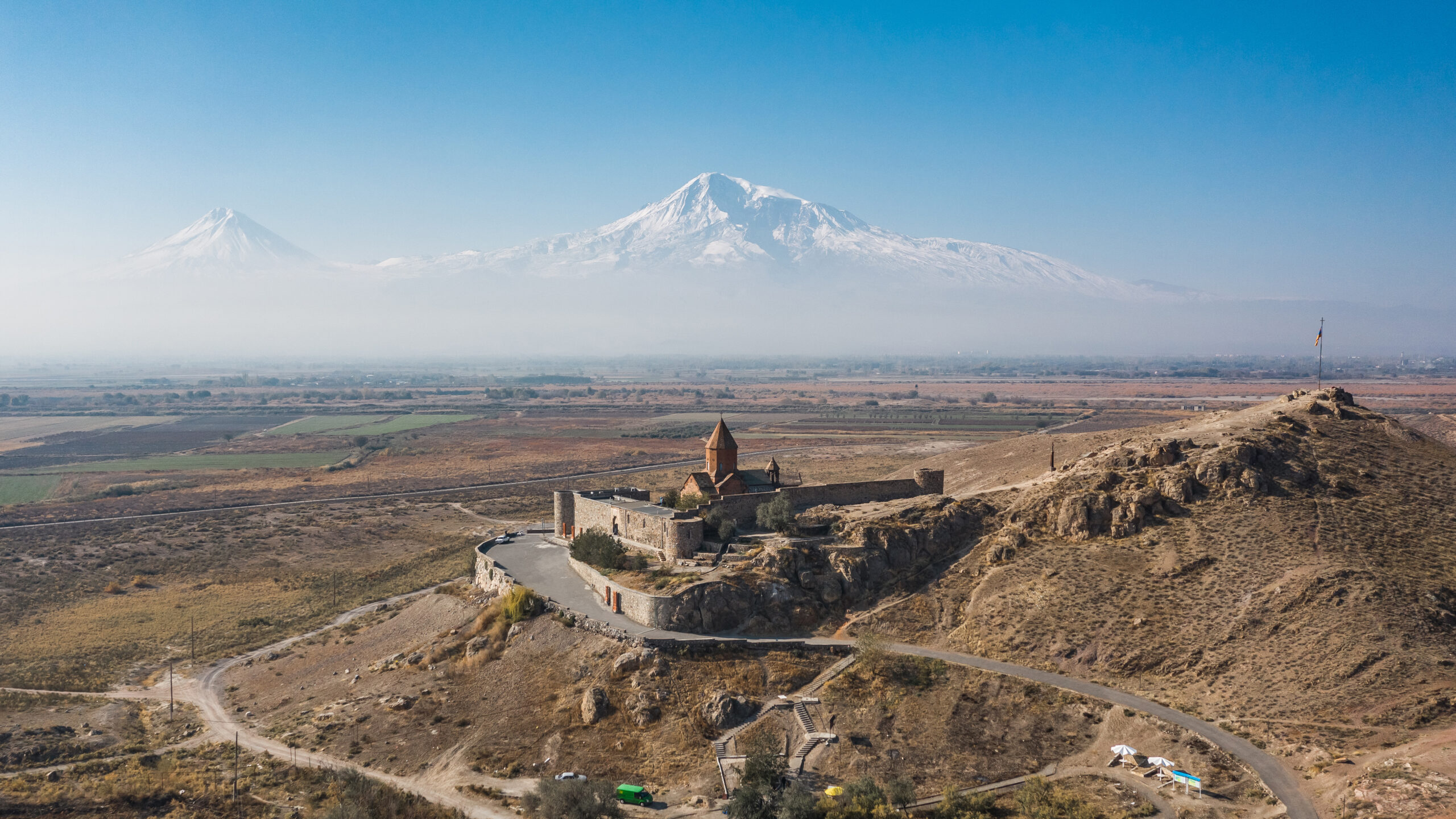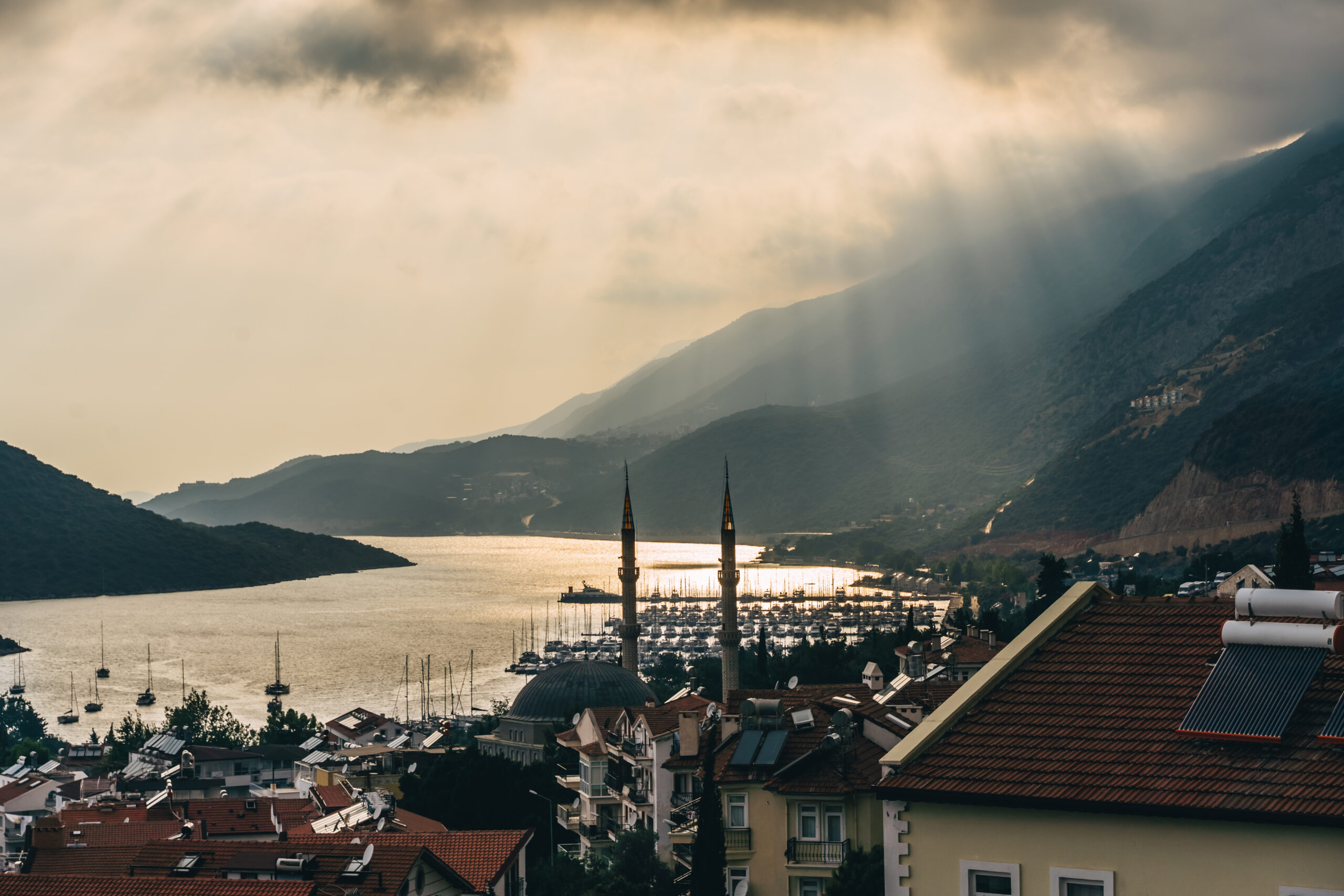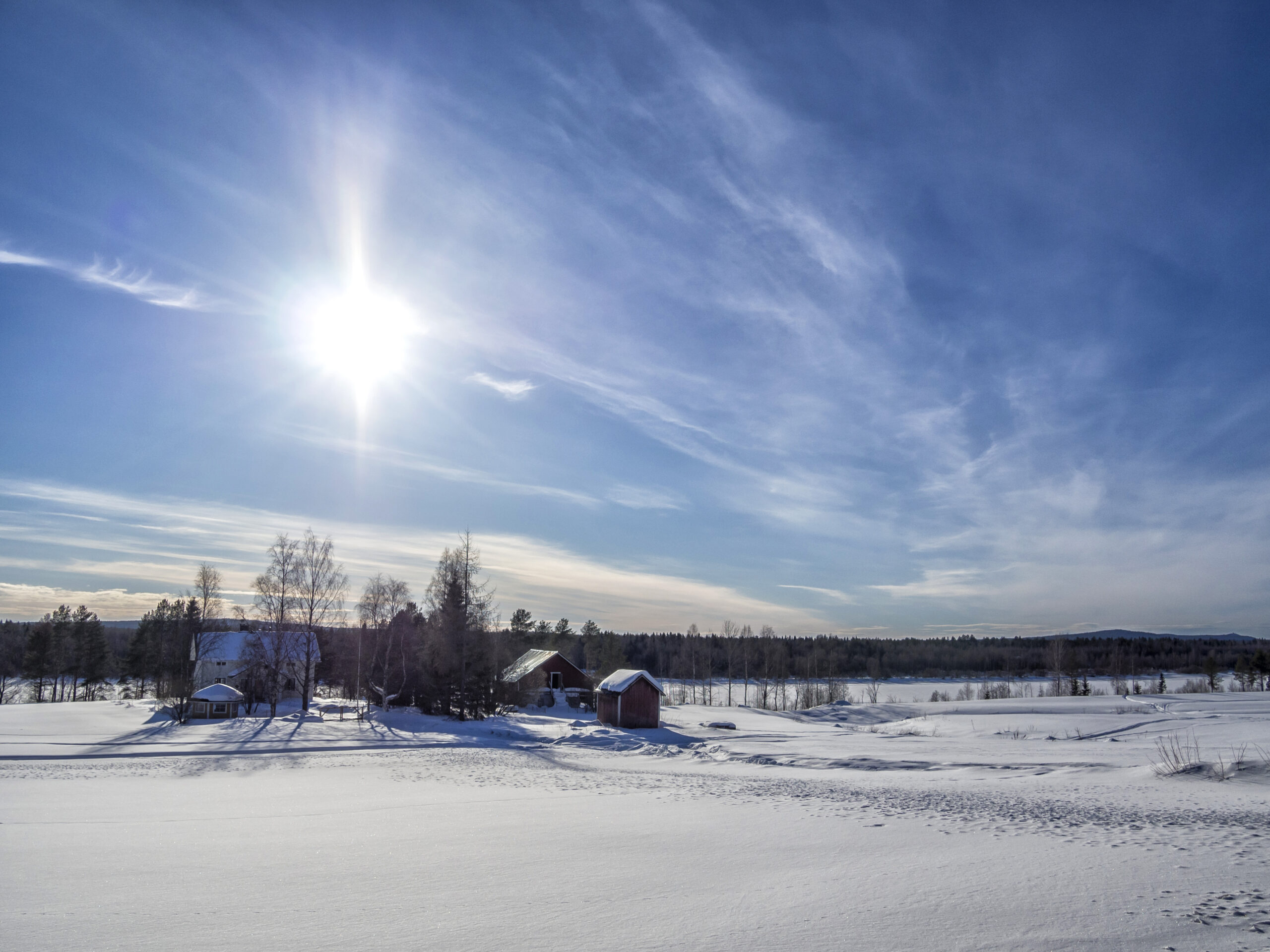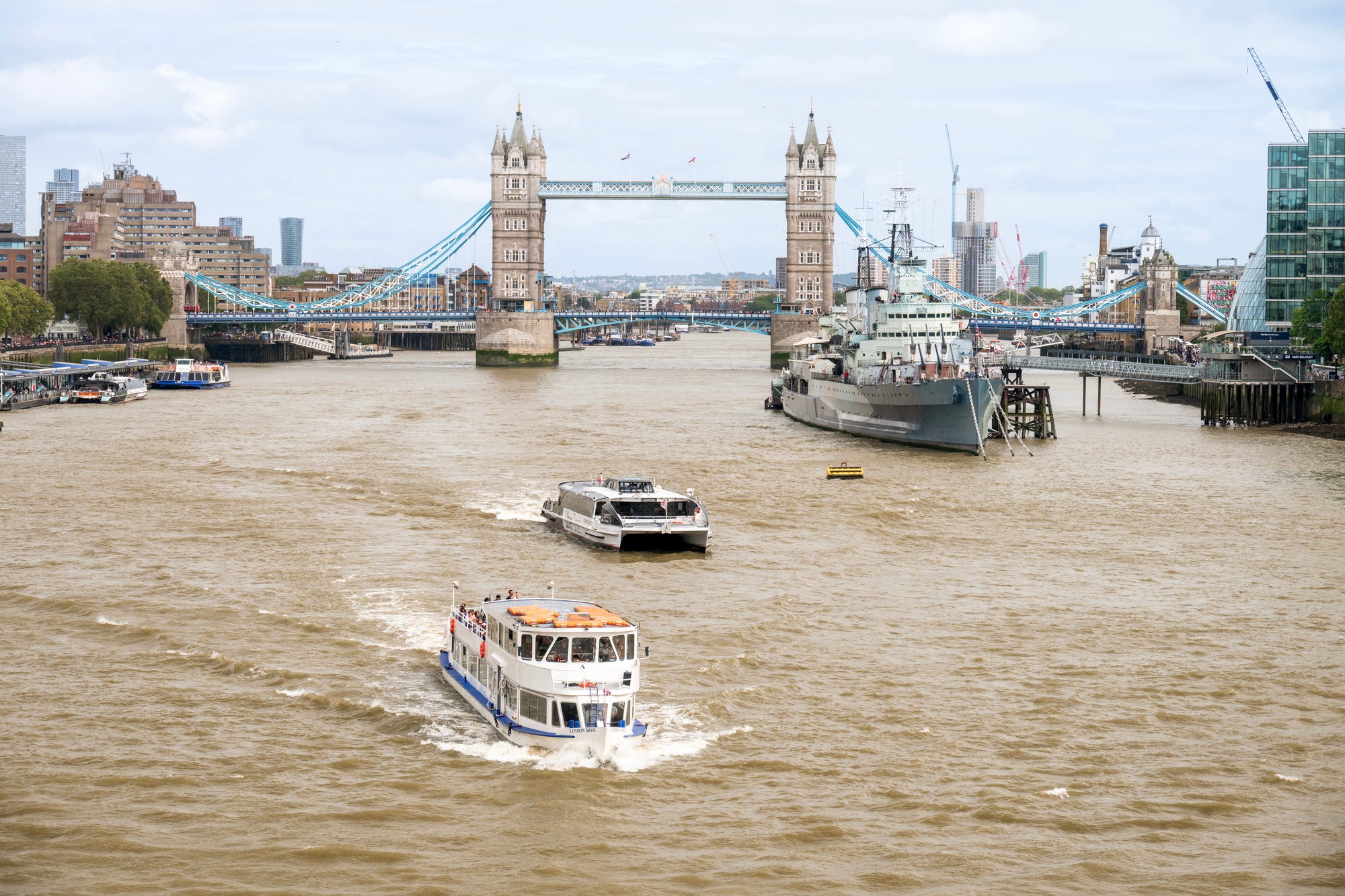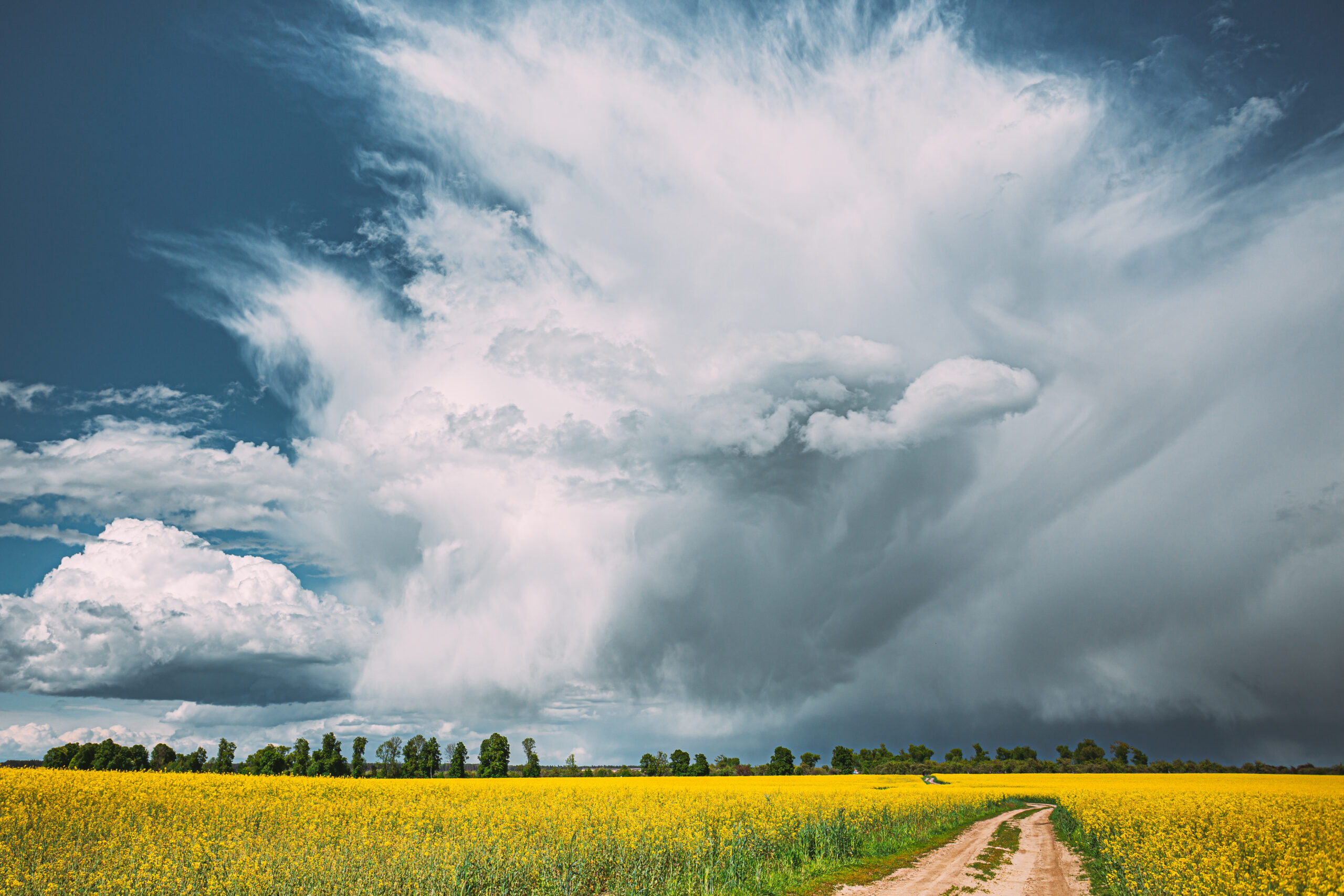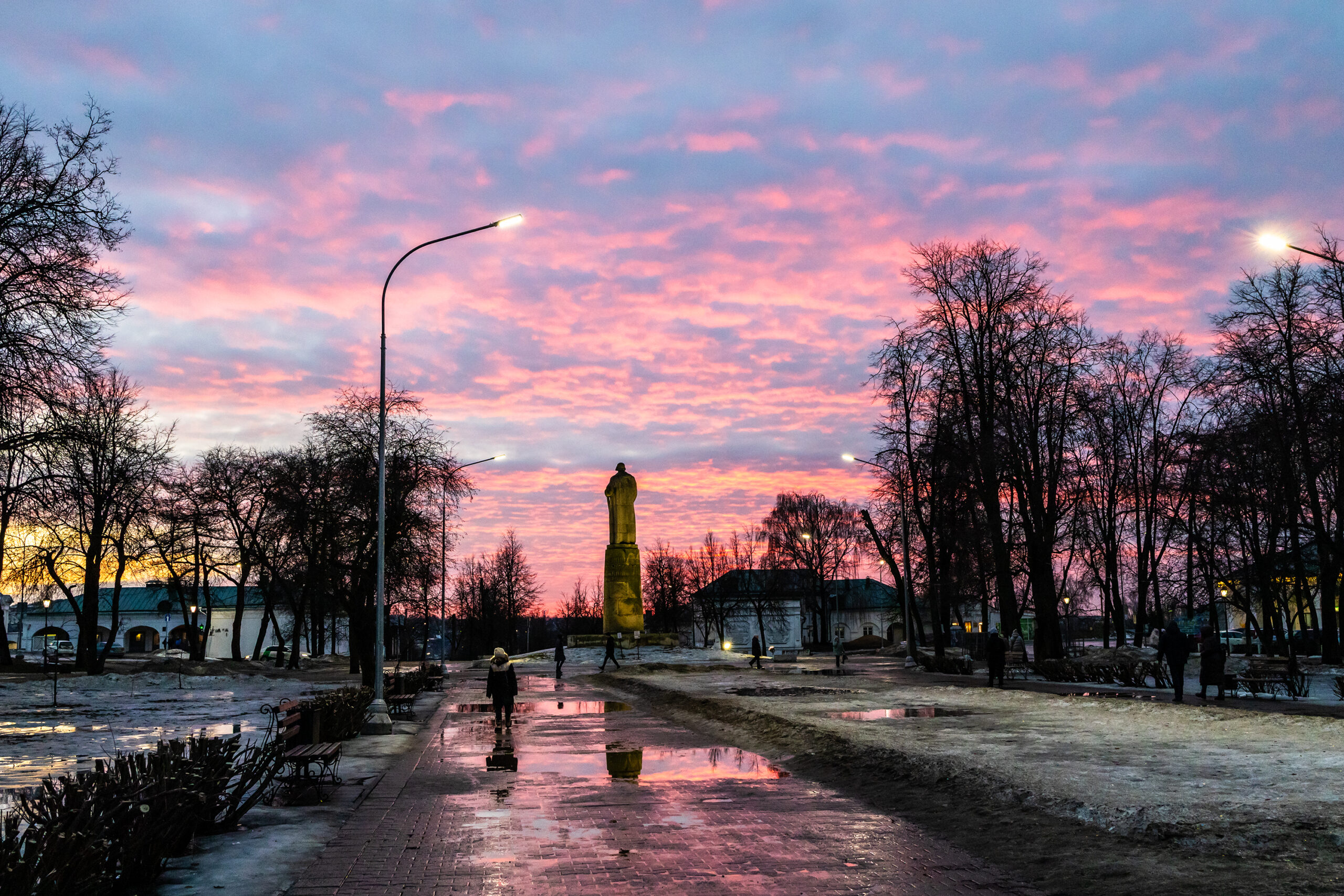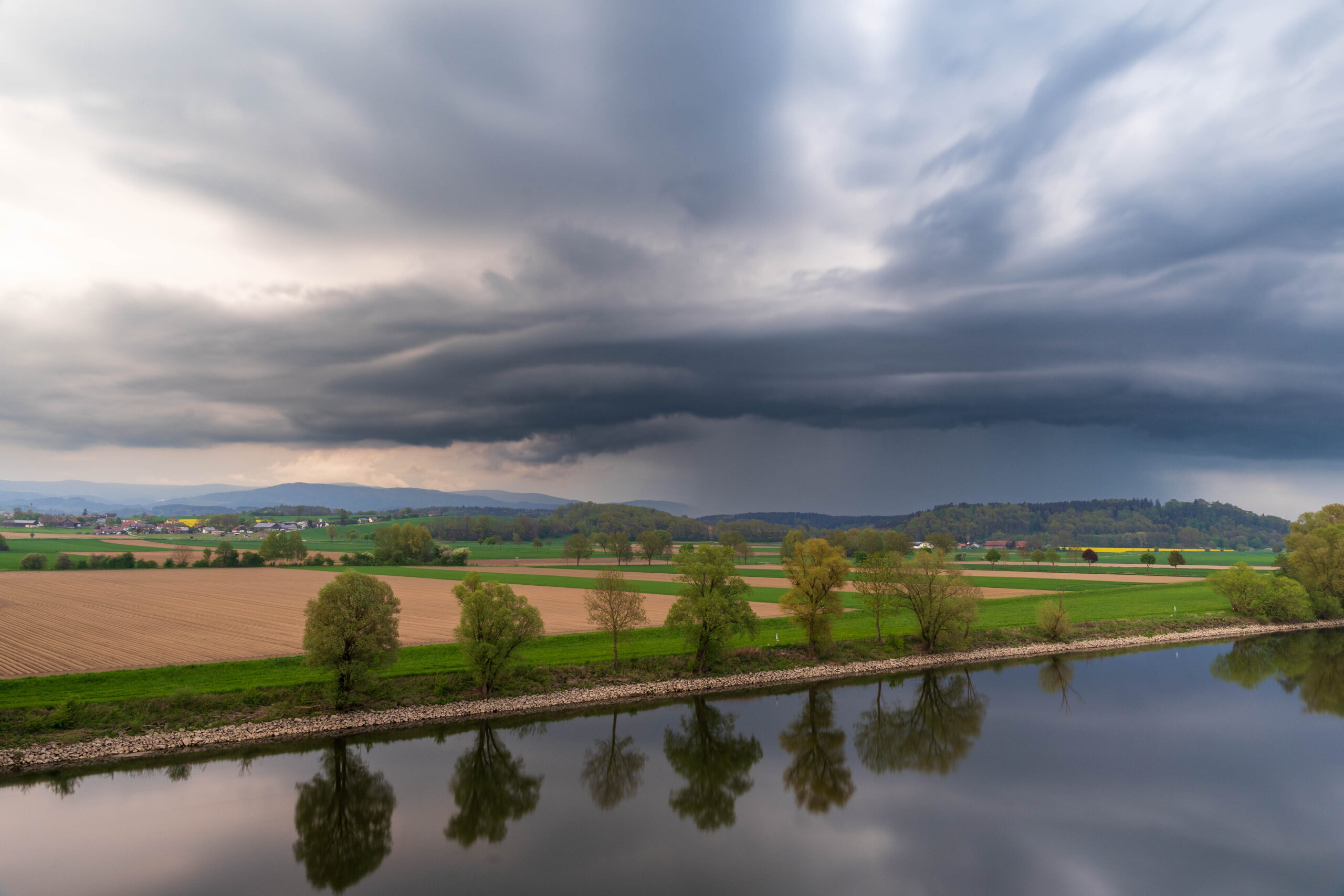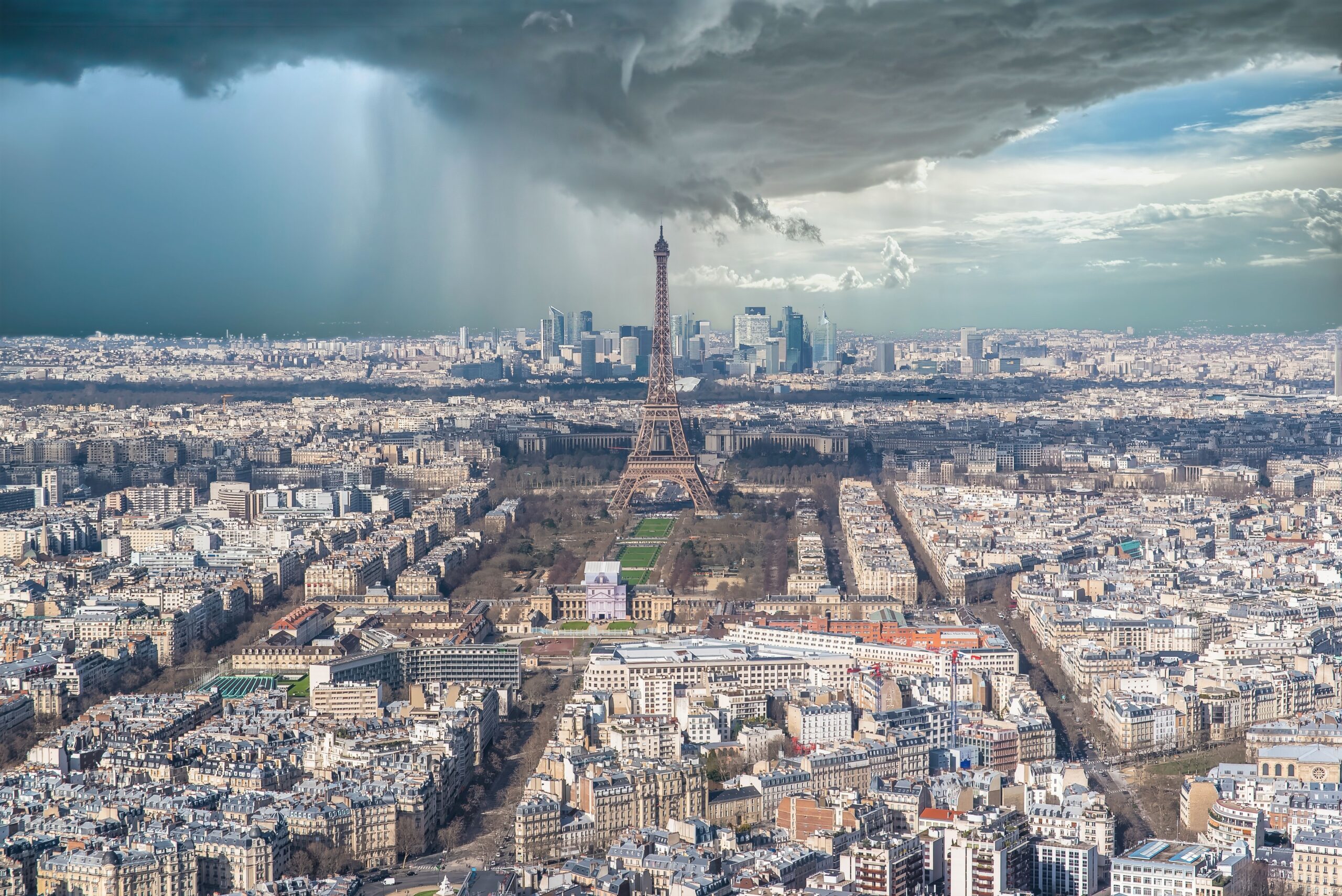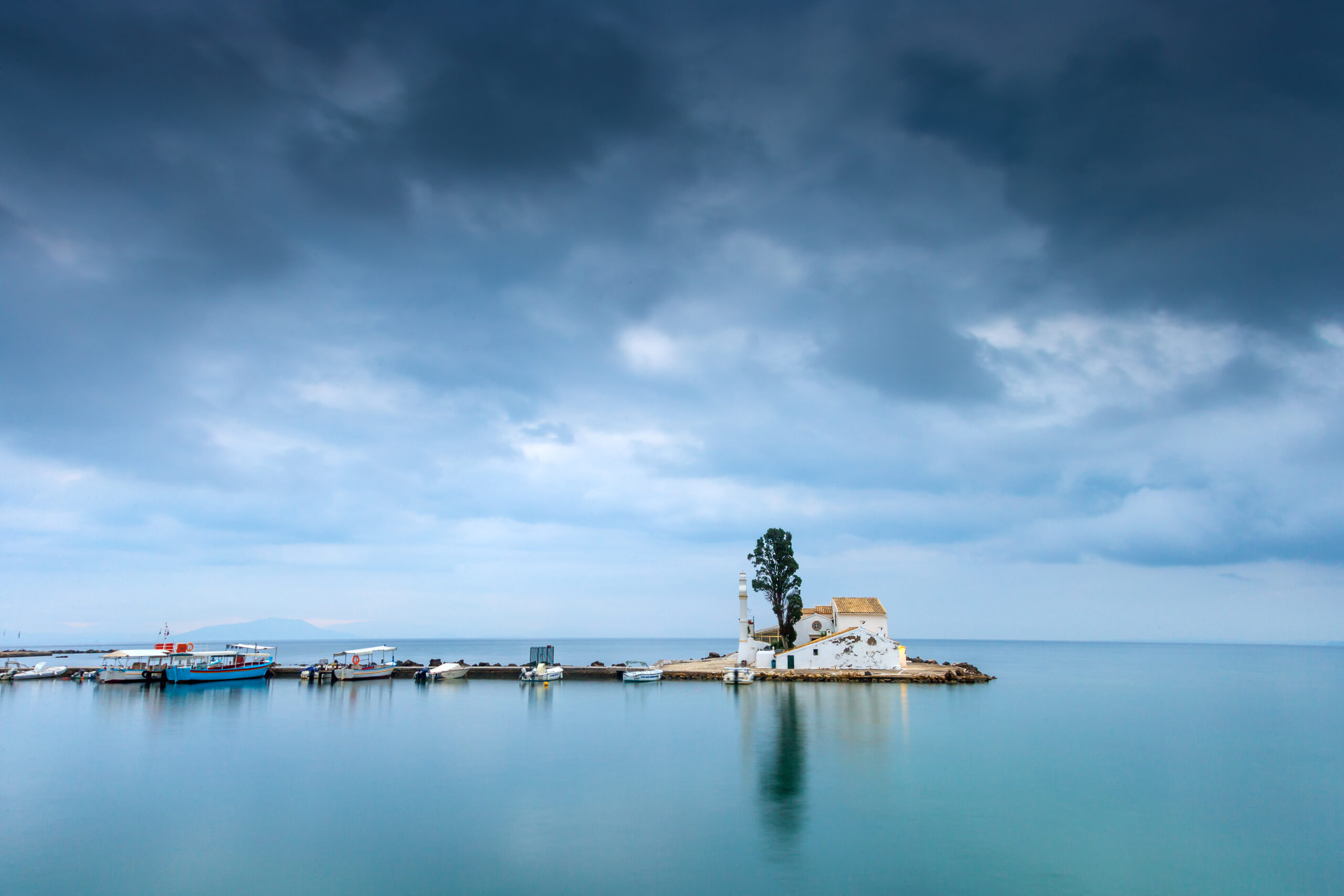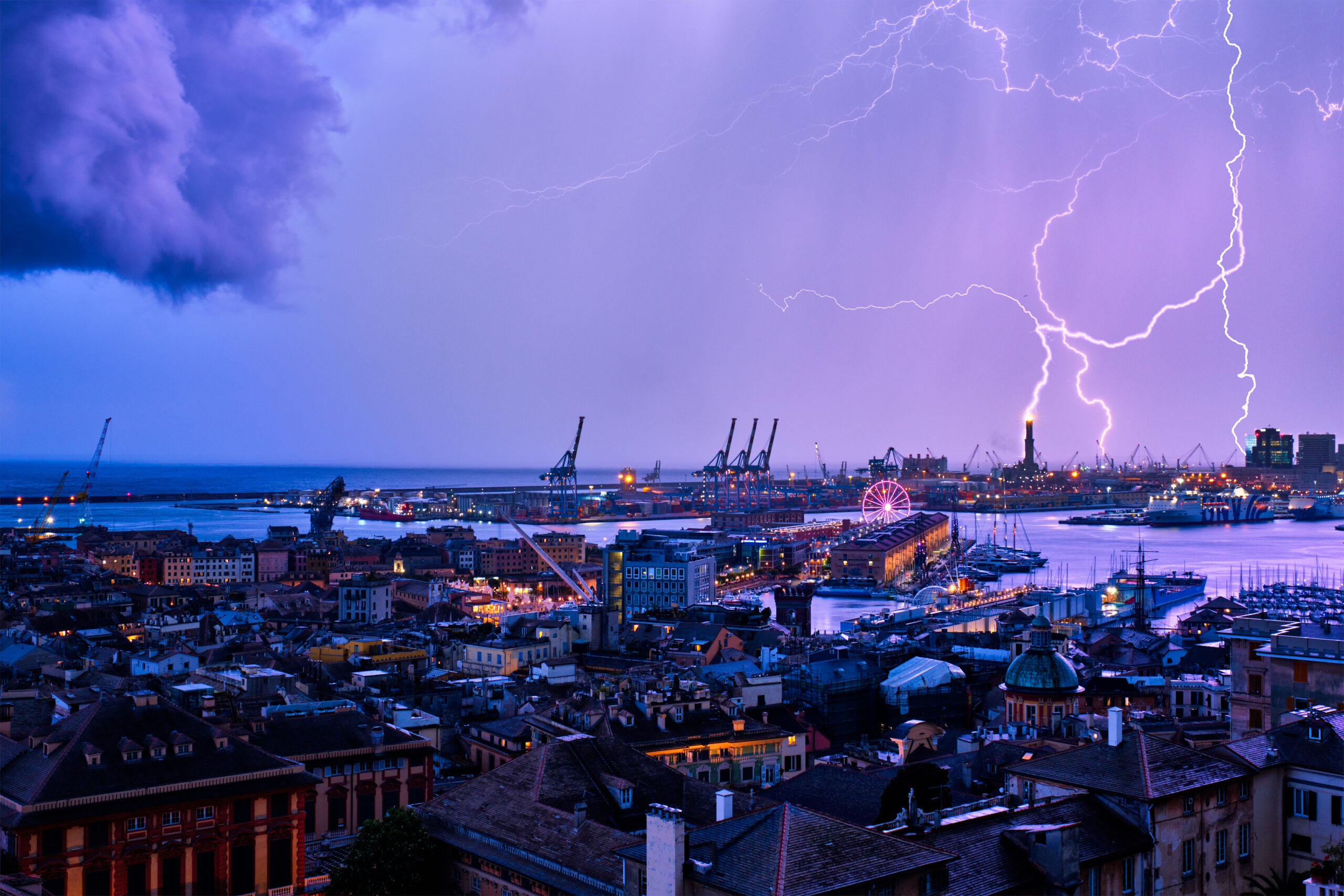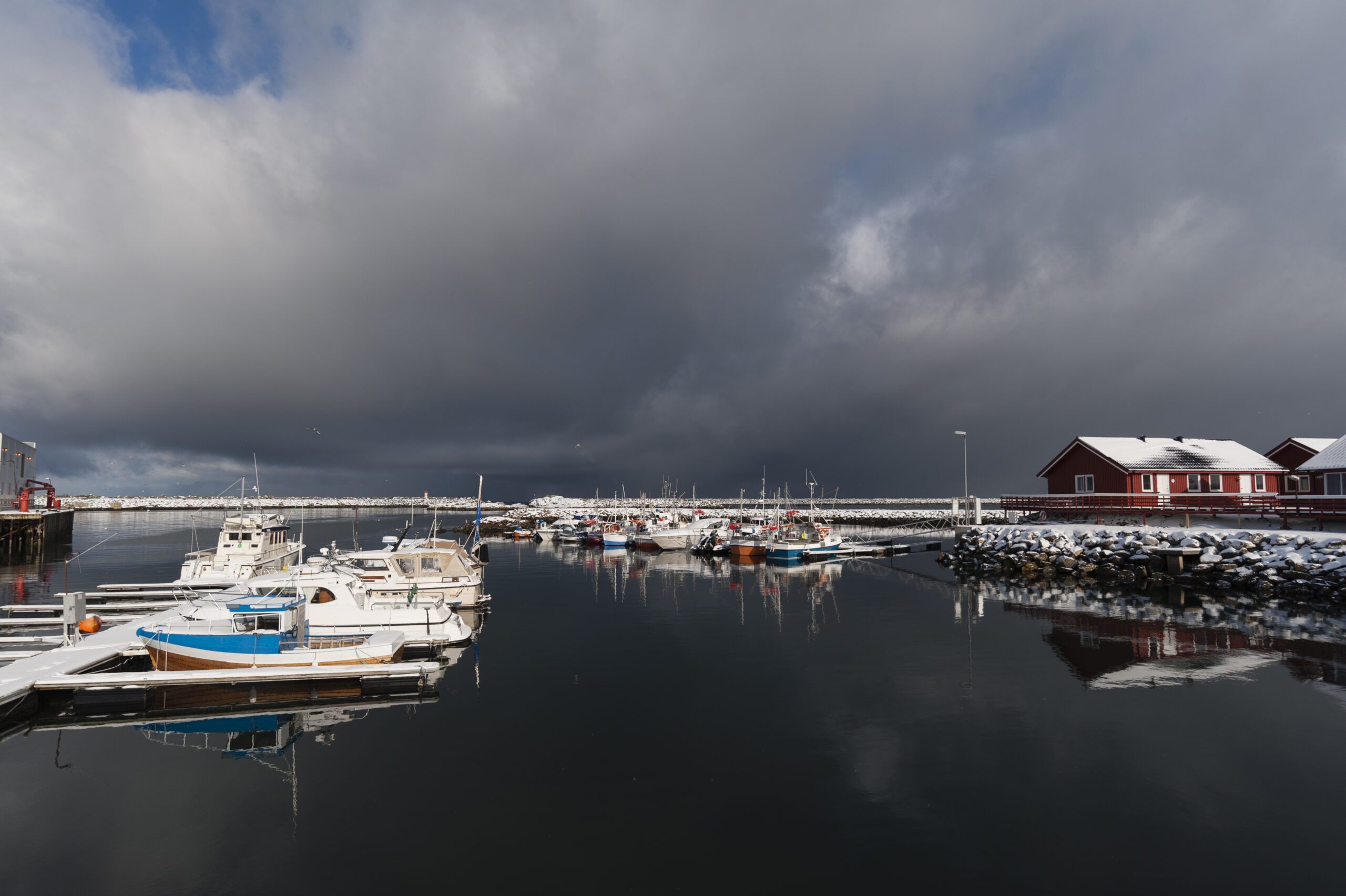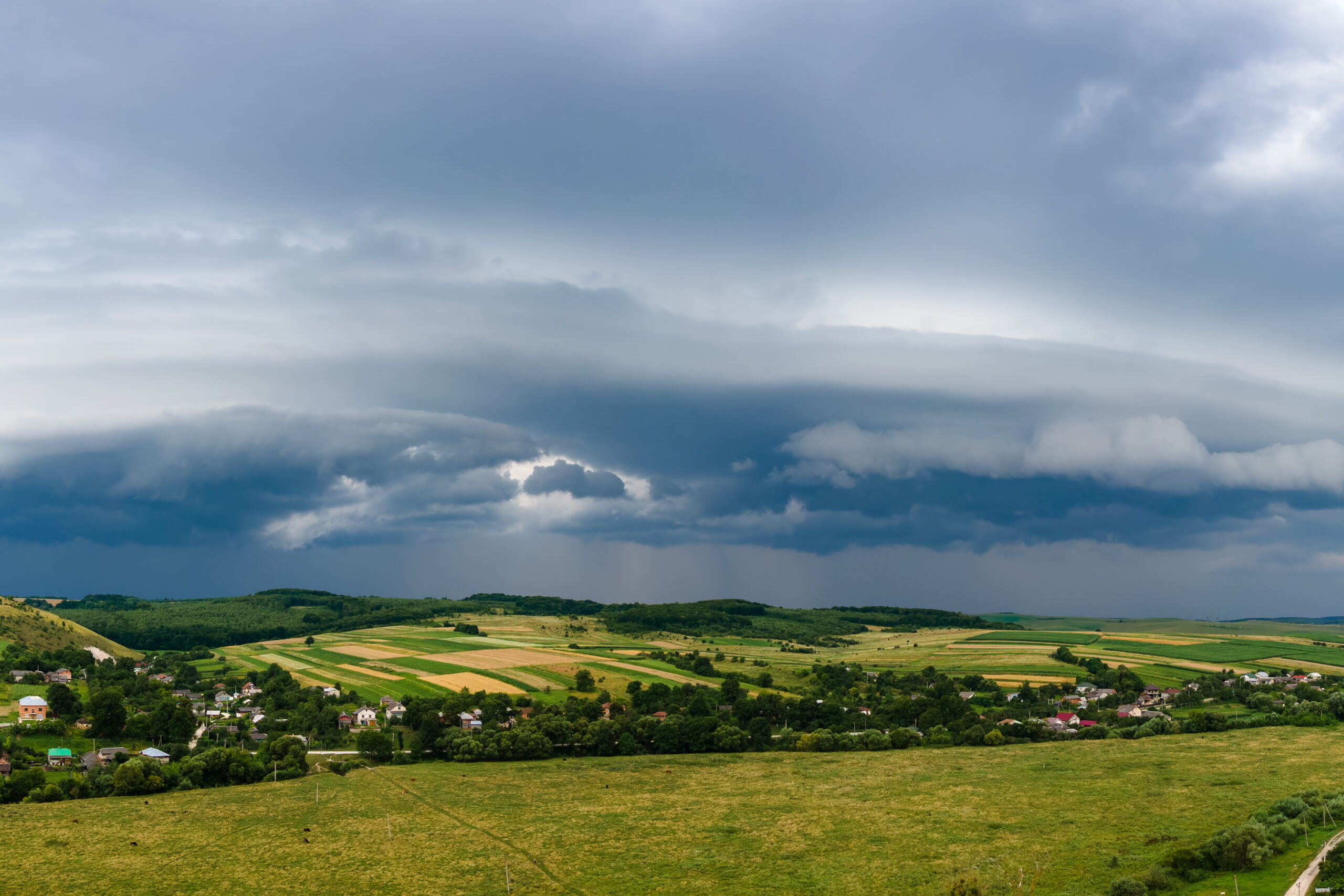- Aries ♈ - November 25, 2025
- Template - November 13, 2025
- Albania Weather Report Free updated Hourly 2025 - September 23, 2025
🇯🇵 Ishikawa Prefecture Weather Report – Month-by-Month Overview
🌨️ January
Cold and snowy. Kanazawa averages 1–6°C. Heavy snowfall is common, especially in inland and mountainous areas like Hakusan. Coastal regions along the Sea of Japan are damp and overcast.
🌨️ February
Still wintry. Highs reach 4–8°C, with lows near freezing. Snow continues inland, while coastal cities may see sleet. Sunshine is limited, and humidity remains high.
🌧️ March
Spring begins. Temperatures rise to 8–14°C. Snow melts in lower regions, replaced by rain. Foggy mornings are frequent, and early blossoms appear in parks and gardens.
🌸 April
Mild and blooming. Highs reach 14–20°C. Cherry blossoms peak across the prefecture, especially in Kenrokuen Garden and along the Saigawa River. Rain showers alternate with sunny spells.
🌼 May
Warm and pleasant. Temperatures climb to 18–24°C. Rainfall is light, and skies are mostly clear. Ideal for hiking, countryside travel, and coastal outings.
🌦️ June
Start of the rainy season. Highs range from 22–27°C. Humidity rises, and afternoon showers are frequent. Rivers swell, and vegetation flourishes.
🌧️ July
Hot and wet. Temperatures reach 26–31°C. Rainfall peaks, and thunderstorms are common. Inland areas feel muggy, while coastal towns offer slight relief.
☀️ August
Still hot. Highs remain between 27–32°C. Rain decreases slightly, and sunshine dominates. Summer festivals and beach visits are popular across the region.
🌧️ September
Transition to autumn. Temperatures ease to 23–29°C. Rain returns due to typhoon activity. Winds pick up, and nights begin to cool. Foliage starts to shift.
🍂 October
Cooler and clearer. Highs drop to 17–24°C. Rainfall decreases, and autumn colors peak in forests and temple grounds. Crisp air makes it ideal for travel.
🌫️ November
Chilly and damp. Highs hover around 12–18°C, with lows near 7°C. Rain is frequent, and fog blankets valleys. Early frosts appear in higher elevations.
🌨️ December
Winter returns. Temperatures range from 5–10°C. Snowfall resumes, especially inland. Coastal towns see more rain than snow. Festive lights brighten city streets.

- Temperature
- Precipitation
- Rain Chance
- Wind
- Humidity
- Pressure

